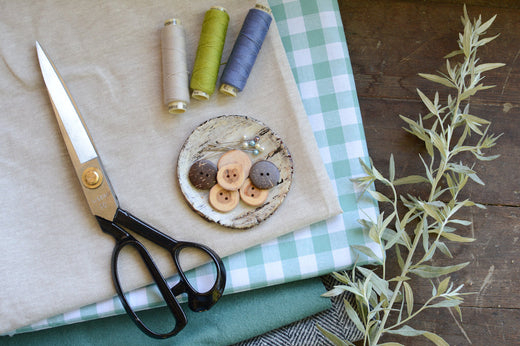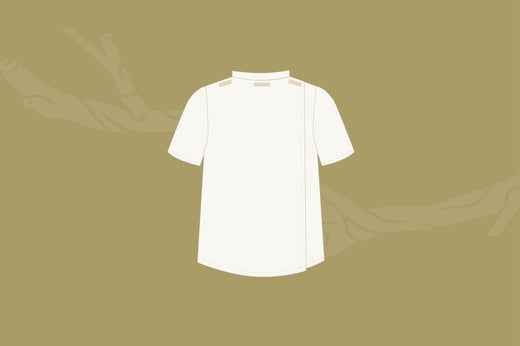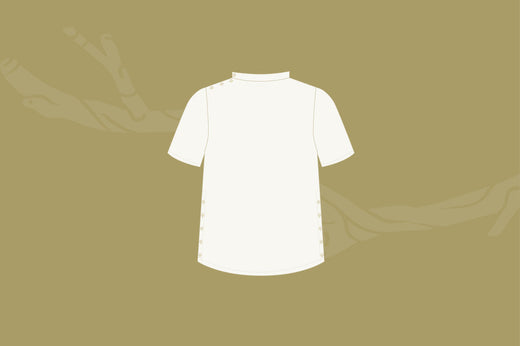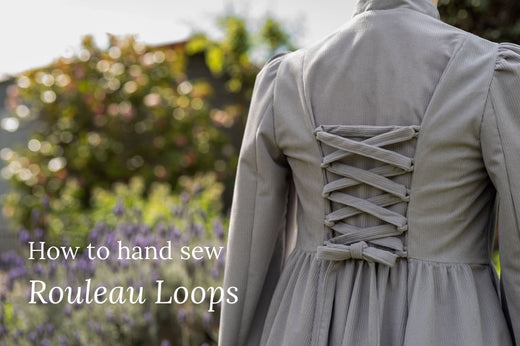Like most aspects of garment design, commercial patterns are created with standing bodies in mind. Standard fitting techniques involve adjustments made while standing, with only a brief seated check for comfort. This approach creates significant fitting and comfort challenges for wheelchair users who spend the majority of their time in a seated position.
When the body transitions into a seated position, several key changes occur that affect garment fit. The torso bends slightly forward, shortening the front body length, while the back body lengthens as the buttock muscles extend and fill out. The hip angle changes dramatically, and the relationship between the waist, hip, and thigh measurements shifts considerably.
For trousers or pants, these postural changes commonly result in:
- Pulling down at the centre front waist
- Excess fabric folding and bunching in the front
- Strain across the back waist and hip
- Uncomfortable pressure points at the waistband
The pattern adjustments outlined below will help you modify standard "standing pose" patterns to accommodate a "seated pose" body, creating garments that fit well and are comfortable for wheelchair users.
Use this adjustment for pull-on pants and shorts patterns like the Shore Pants, Coastal Cuffed Shorts, or the Fernway Culottes.
Materials
- Front and Back pattern pieces of your desired pattern
- Scissors
- Tape
- Pencil
- Scrap paper
Measure
The most accurate way to figure out how much your trouser/pants pattern will need to be adjusted is to sew a quick muslin of the legs. First, sew up the legs of the pattern. Then, measure out a length of elastic that comfortably sits around your waist at the position you prefer to wear your pants.
Safety pin the top of the pants side seams to the length of elastic. Put on the pants and adjust the elastic and side seams to your preferred waist position. Do not adjust the centre front and back seams - let them sit where they naturally fall.
Measure how far below (at the back) or above (at the front) the centre of the pants sit compared to the position of the elastic. You may need to ask a friend to help with measuring the back, since twisting your body in order to measure the difference can alter the measurement.
In our example pictured below, the centre back is 2" (5cm) below the elastic and the centre front is 3" (7.5cm) above the elastic. So, we will add 2" (5cm) to the back rise and subtract 3" (7.5cm) from the front rise.
Adjust pattern pieces
1. Just below the pocket notch, draw a line across the Back pattern piece that is roughly parallel with the top waist edge.
Cut along the line from the rise (curved crotch seam) to the side seam leaving a "pivot point" on the sideseam 3/8" (1cm) from the edge.
2. Lay a piece of paper behind the Back pattern piece and pivot open the cut line until the gap at the rise equals the amount you need to add. In our example, we're adding 2" (5cm) to the rise.
3. Tape the pattern piece in place, then blend the rise seam so that the curve is smooth.
4. Just below the pocket notch, draw a line across the Front pattern piece that is roughly parallel with the top waist edge.
Cut along the line from the rise (curved crotch seam) to the side seam leaving a "pivot point" on the sideseam 3/8" (1cm) from the edge.
5. Lay a piece of paper behind the Front pattern piece and pivot the open cut line down until the rise point overlaps by the amount you need to subtract. In our example, we're removing 3" (7.5cm) from the rise.
6. Tape the pattern piece in place, then blend the rise seam so that the curve is smooth.
Use your customised pattern pieces to sew pants that will be comfortable for a seated position.
Please feel free to join us at the Twig + Tale Facebook group where you can ask questions, look for inspiration, and of course share photos of your creations.

Read more about adaptive pattern adjustments here:















